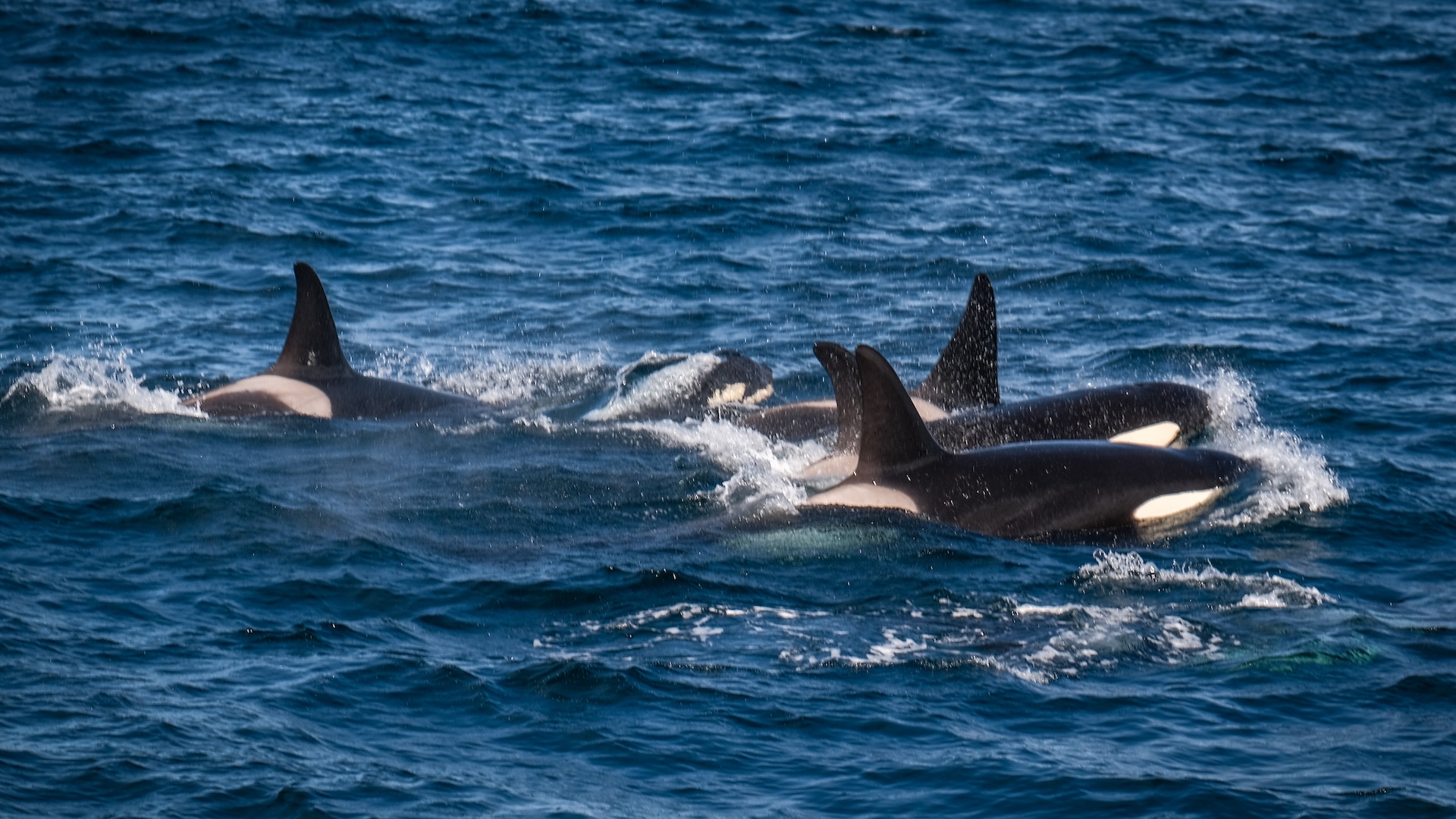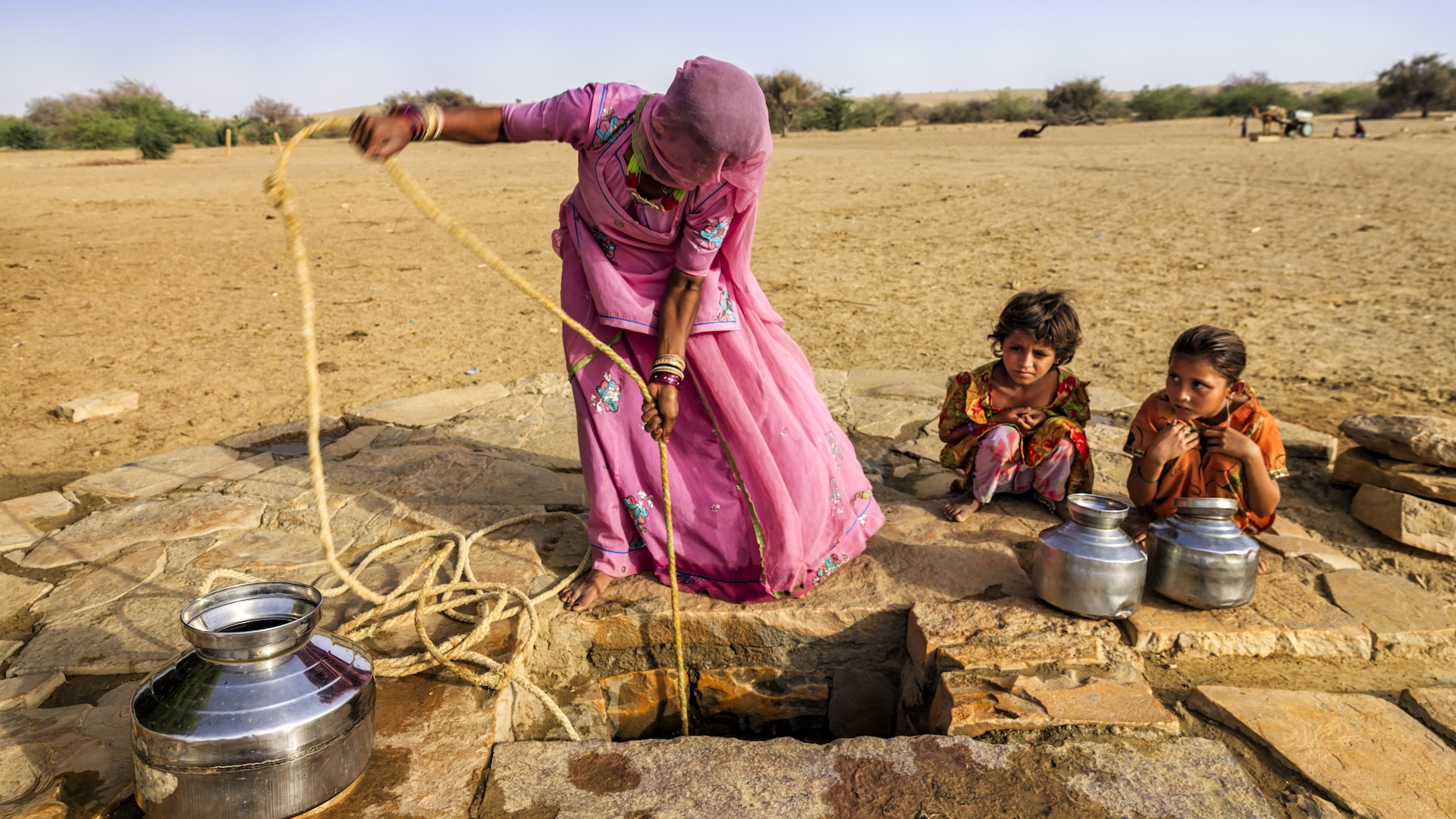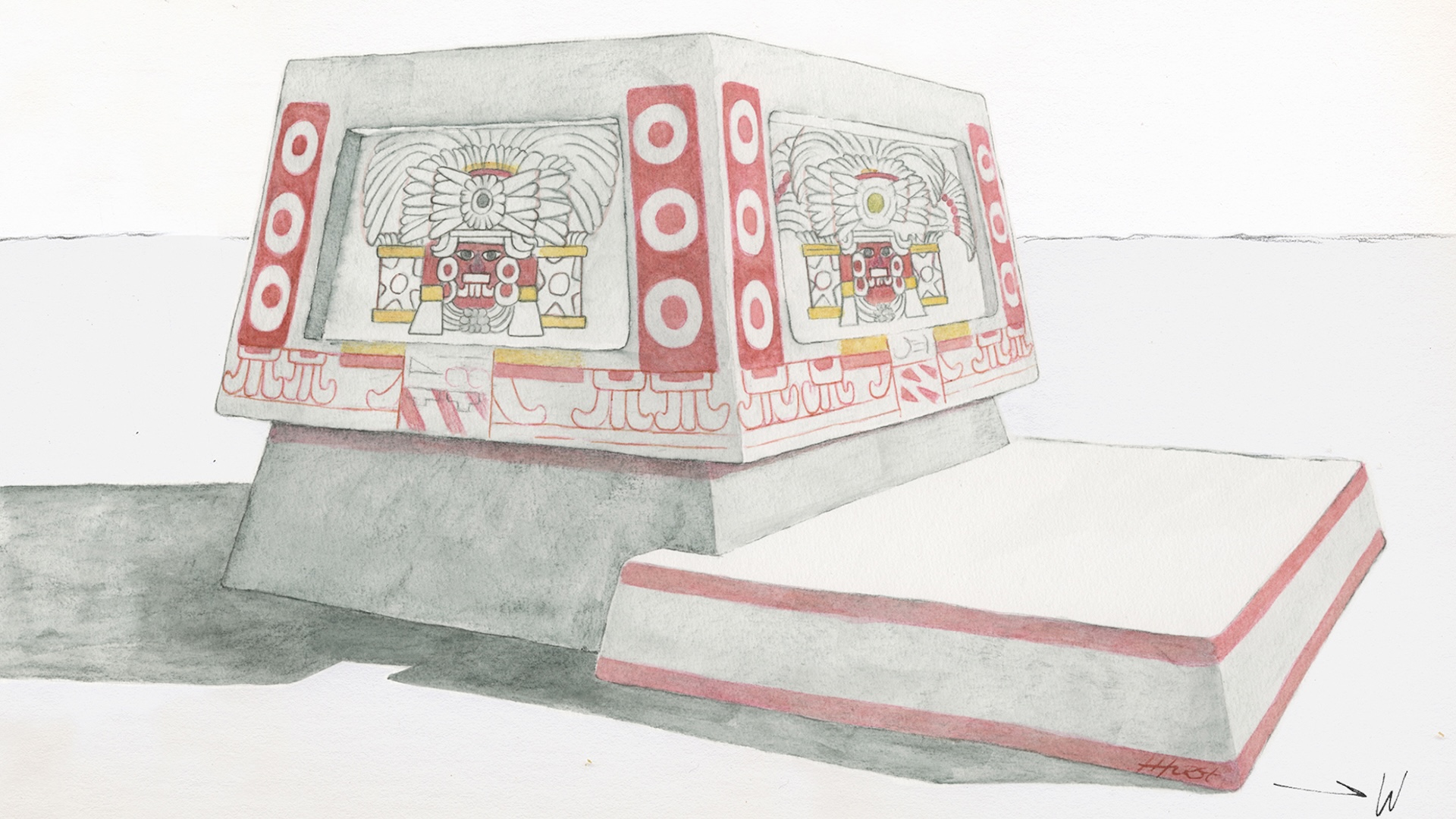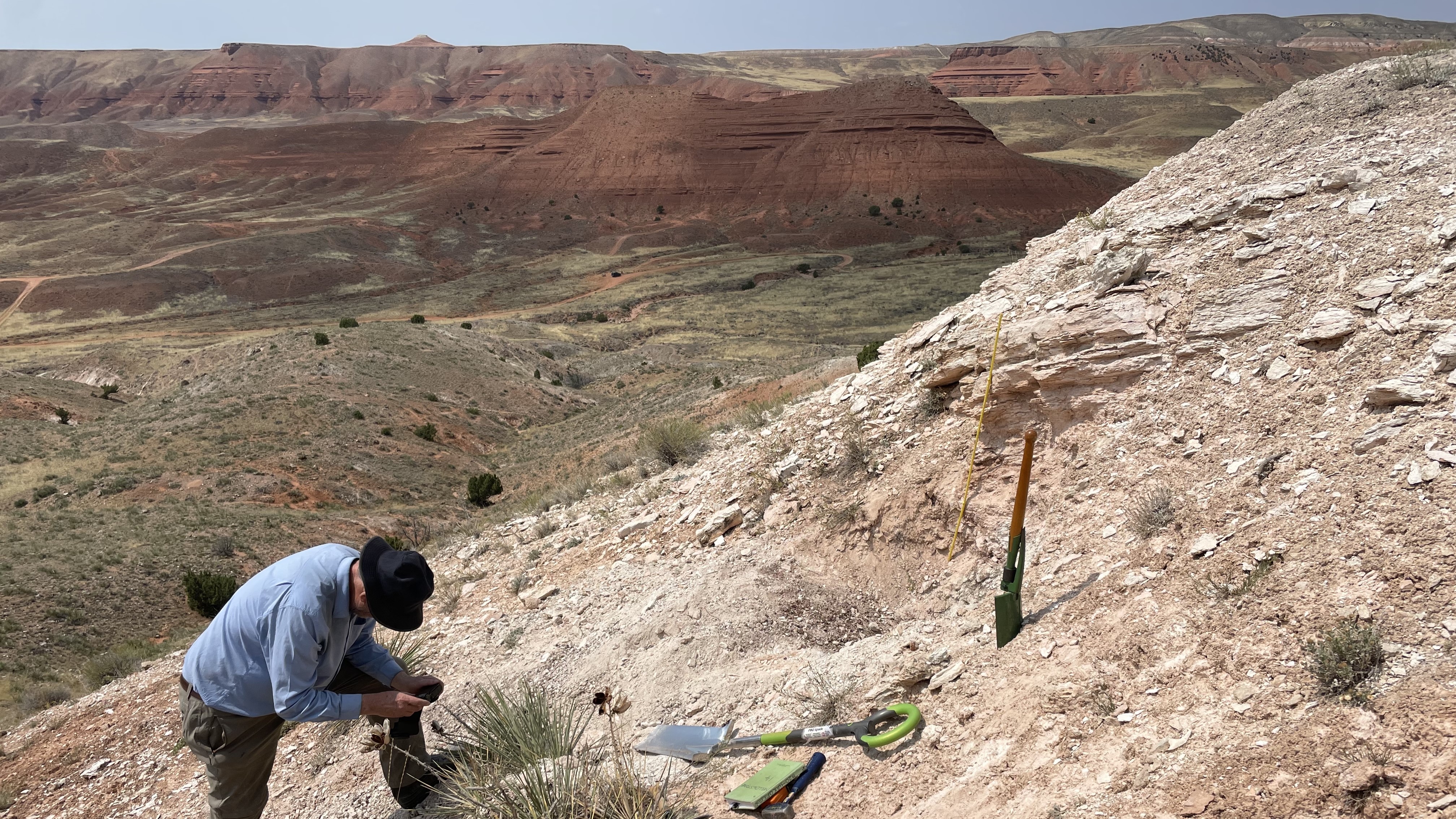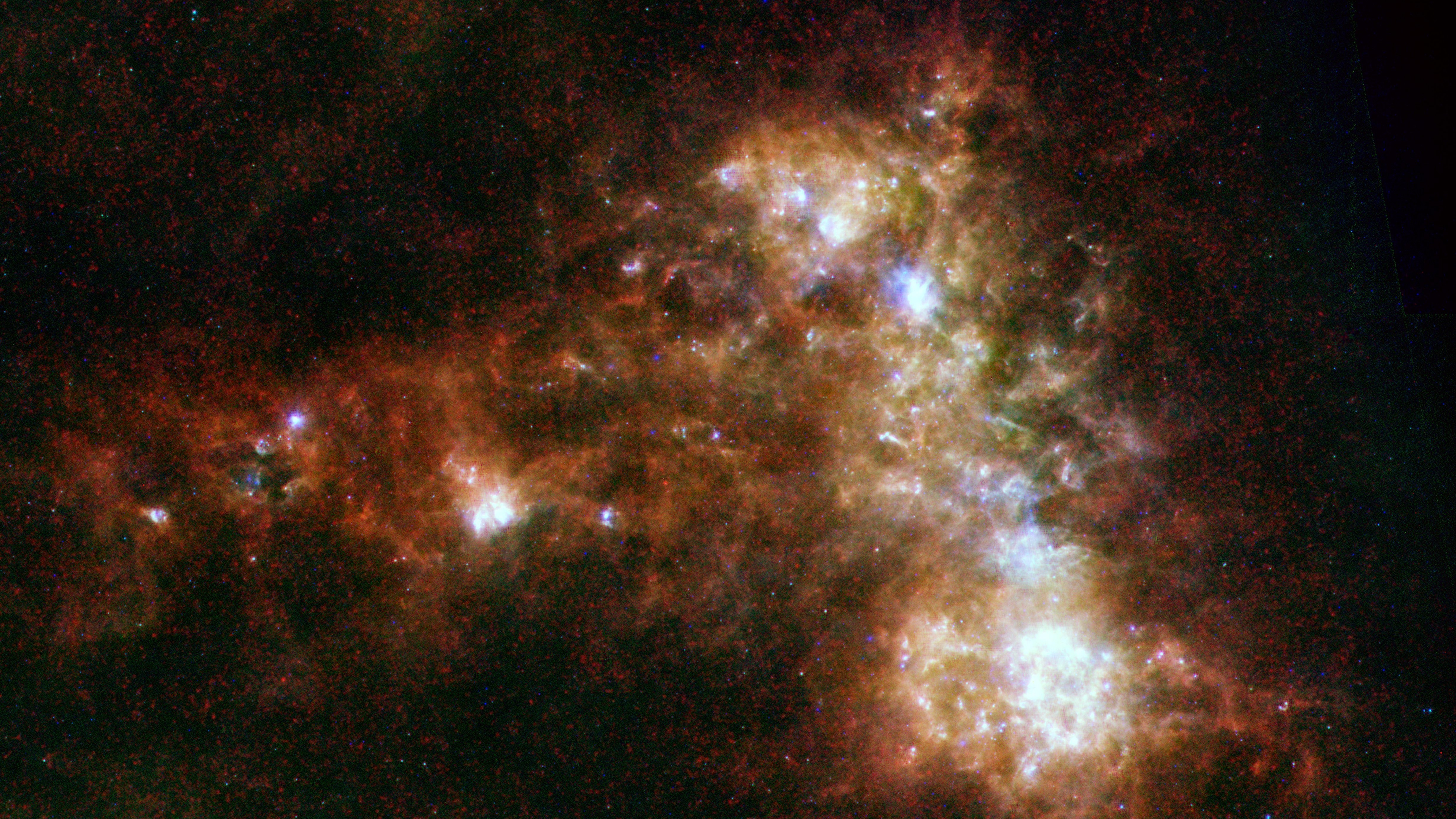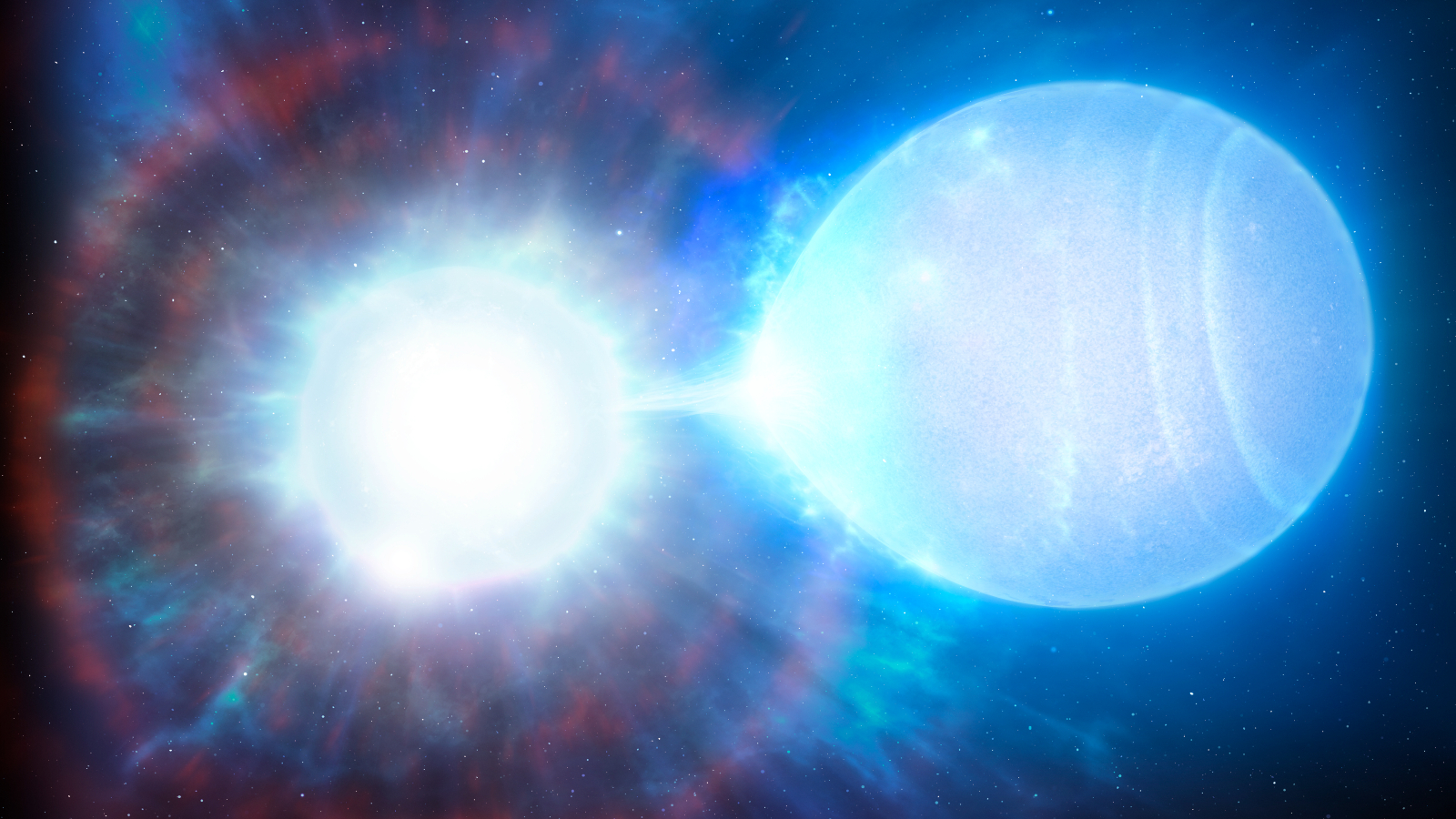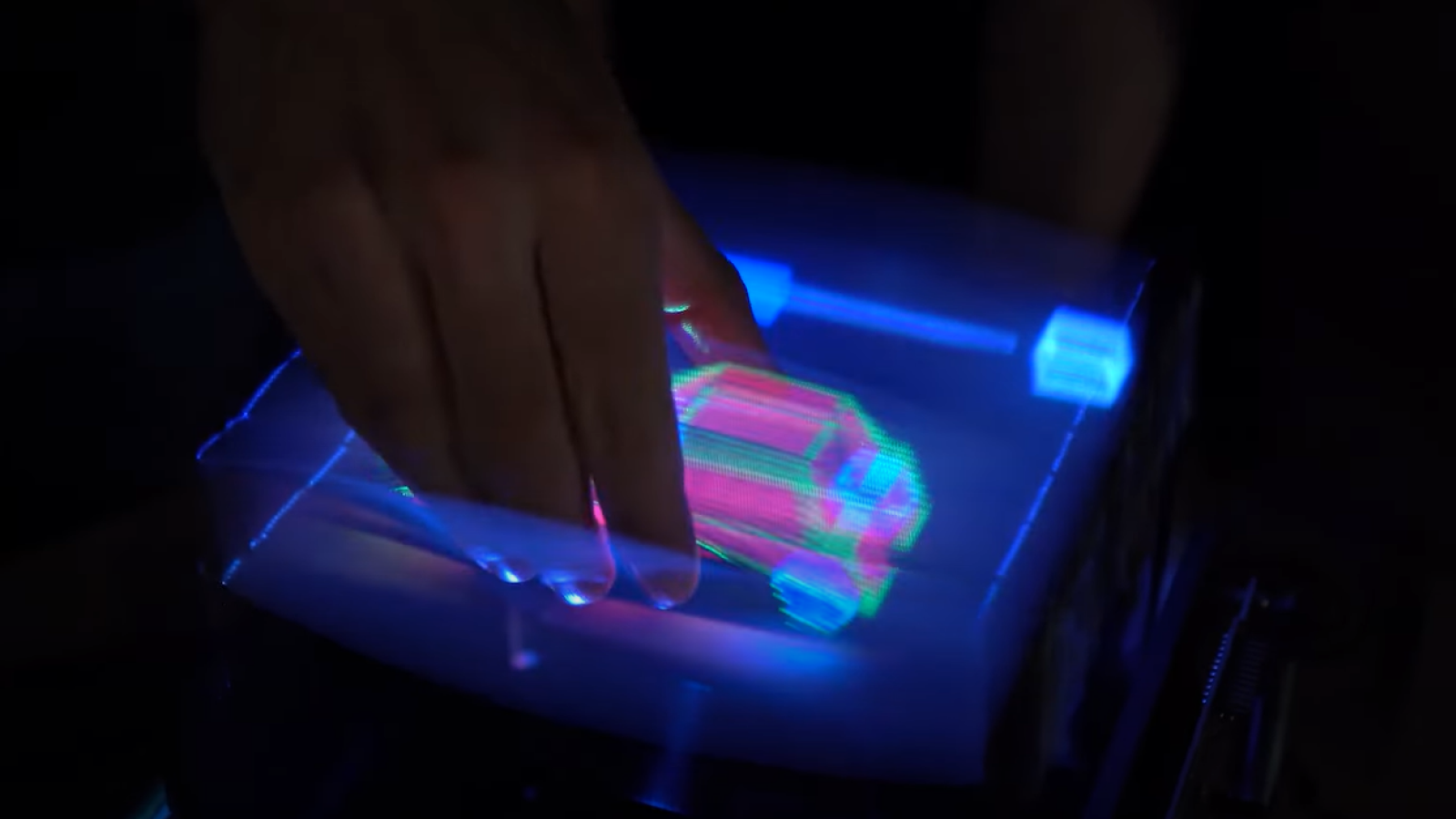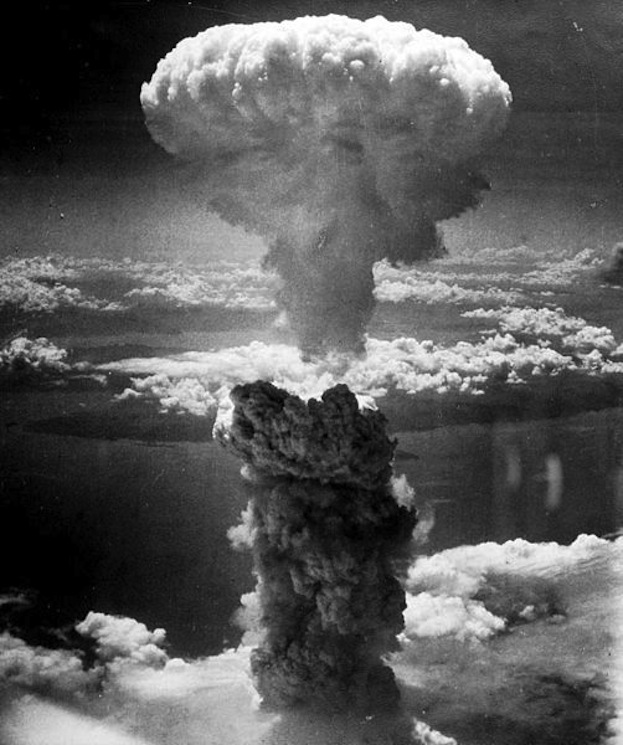
North Korea has successfully miniaturized a nuclear warhead that could be fitted onto an intercontinental ballistic missile, and has now threatened to attack Guam, a U.S. territory, according to several news reports.
In response, President Donald Trump used some apocalyptic rhetoric of his own.
"North Korea best not make any more threats to the United States," Trump told reporters on Tuesday at his golf club in Bedminster, New Jersey, according to news reports. "They will be met with fire and fury like the world has never seen." [7 Strange Facts About North Korea]
The saber rattling has raised concerns about the possibility of a nuclear attack on U.S. soil and heightened fears of doomsday. But is a global nuclear winter just around the corner?
While the effects of a detonation on American soil would certainly be scary and could set off a larger global catastrophe, one nuclear attack in itself isn't a certain death sentence, as many people assume, said Michael May, a professor emeritus at the Engineering-Economic Systems and Operations Research Center for International Security and Cooperation at Stanford University.
In addition, survival rates depend on whether the weapons are deployed by a well-armed hostile nation like Russia; a country, like North Korea, that has with a limited nuclear arsenal; or a terrorist group, he said. It also depends on how far people are from the epicenter, May said.
Likeliest attacks
When most people think of nuclear war, they imagine a Cold War-type, mutually assured destruction scenario in which two countries lob a flurry of nuclear weapons at each other, decimating each other's military, food and power infrastructure and raining radioactive fallout on large swaths of the world.
Sign up for the Live Science daily newsletter now
Get the world’s most fascinating discoveries delivered straight to your inbox.
But despite the current tensions with Russia, a terrorist attack using a dirty bomb — a nuclear weapon patched together from explosives and radioactive nuclear waste — or a lone attack from a country such as North Korea is slightly more likely, May said. While the United States has a prototype nuclear missile-defense shield, this technology doesn't work very well, Live Science previously reported. Still, the likeliest scenario would be one detonation, rather than the hundreds that would leave America a post-apocalyptic wasteland, May said. [Doomsday: 9 Real Ways Earth Could End]
"If it's a lone, single weapon, [then] outside that central area, there's a pretty good chance of survival," May told Live Science.
Even Cold War analyses that forecasted a complete war of annihilation between Russia and the United States would likely result in "only" 40 million casualties on American soil, said May. Of course, the food and water infrastructure would likely be destroyed in such a scenario, leading to catastrophe, he added.
Immediate blast zone
The worst effects would likely be felt in the heart of an urban blast zone, May said.
For instance, for a 10-kiloton nuclear weapon, equivalent to the size of the Hiroshima and Nagasaki bombs, would immediately kill about 50 percent of the people within a 2-mile (3.2 kilometers) radius of ground detonation, according to a 2007 report from a Preventive Defense Project workshop. Those deaths would be caused by fires, intense radiation exposure and other fatal injuries. Some of these people would be injured by pressure from the explosion, while most would be exposed to injuries from collapsed buildings or from flying shrapnel; most buildings in a 0.5-mile (0.6 km) radius of the detonation would be knocked down or heavily damaged.
Injuries to extremities would be extremely common, according to the Preventive Defense Project study. A few people would be injured by thermal burns caused by the fireball after the detonation. People in this area may also be exposed to extremely high levels of radioactivity, and many first responders and search-and-rescue workers would have to wait to enter these areas until the radiation levels had dropped, meaning assistance would be limited. [Top 10 Ways to Destroy Earth]
People with subsurface basements in the primary blast zone may be able to survive the primary blast, assuming there's only one, May said.
Even those who are a mile away from the epicenter of the explosion may have time to increase their survival odds; the light flash from the detonation travels much faster than the pressure and shock waves, meaning people may have a bit of time to close their eyes, move away from windows, duck and cover themselves, according to the Preventive Defense Workshop report.
Radioactive fallout
The next immediate hazard to deal with is the radioactive fallout. When a nuclear bomb explodes, it pulverizes thousands of tons of earth, comingling that material with radioactive particles from the explosion. This process forms the iconic mushroom cloud, and as those thousands of tons of radioactive bits of ash, rock and dust float toward the ground, they emit radioactivity. The largest, heaviest particles of this nuclear snow settle first and are mostly contained in the initial blast area. Smaller particles may float higher and farther and reach 10 to 20 miles (16 to 32 km) downwind, but the bulk of their radioactivity rapidly decays over time and they often take a long time to settle back to ground level.
In the absence of snow or rain — which would help to pull the fallout to the ground faster — far-flung particles may have minimal radioactivity by the time they float to Earth, according to the handbook "Nuclear War Survival Skills" (Oak Ridge National Laboratory, 1987)
By 48 hours after the blast, an area that is initially exposed to 1,000 roentgens per hour of radiation will experience only 10 roentgens per hour of radiation, according to "Nuclear War Survival Skills." About half of the people who experience a total radiation dose of about 350 roentgens over a couple of days are likely to die from acute radiation poisoning, according to the handbook. (A typical abdominal computed tomography scan may expose people to less than one roentgen.)
Those in the blast area can take some measures to protect themselves, if they have some warning. For example, they can go into a heavily reinforced building and stay away from windows; fall to the ground and cover their bodies (duck and cover), waiting at least 30 seconds after the blast for the shock wave to hit; and remain in a shelter until word comes that it's safe to evacuate. After the blast, people should remove their outer clothing and shower if possible to remove radioactive particles. [Top 10 Largest Explosions Ever]
In a full-scale nuclear war, there may be more long-term contamination of the food supply. For instance, fallout may land on croplands and be taken up by the food supply, which could then cause longer-term problems such as cancer, May said. Radioactive iodine, in particular, could be a problem, he said.
"Cows are concentrating the iodine in the milk, and children concentrate the iodine in the milk into the thyroids," leading to thyroid cancer, May said.
EMPs
Nuclear detonations also cause electromagnetic pulses (EMPs) that can damage a wide range of electrical and communications equipment, especially within a radius of 2 to 5 miles (3.2 to 8 km) from a ground-level, 10-kiloton explosion. Vehicles could stall, communications and cell towers would be disrupted, computers would be destroyed, and the water and electrical grid could also be destroyed. First responders that come in from outside the area with unaffected electronics should still be able to operate their devices, according to the 2007 report.
Preparing for a blast
Among preparatory steps people can take, the coordination and planning of first responders would likely have the biggest effect on casualty levels, but individuals can also take a few easy preventive steps, May said. The ultrawealthy may build high-end bomb shelters, but even the average person can take steps to minimize risks, he said. Some of those steps — such as having extra food, water and first-aid supplies available — will work for other emergencies, too.
Other steps may be unique to a nuclear attack. For instance, respiratory protection, such as cheap face masks or even cloths held over the nose and mouth, can help reduce radiation exposure, according to the workshop report.
Nuclear attacks would also necessitate equipment for measuring radiation. People who are waiting to emerge from their shelter after a blast will want to know which areas have dangerous levels of radiation.
"You might get yourself a radiation meter. They don't cost very much," May told Live Science.
Other safety tips: Keep a radio to maintain communications with the outside world. This radio can be placed in a metal storage box to protect it against EMPs, along with a sealed, large plastic bag for containment to protect against humidity, according to the "Nuclear War Survival Skills" handbook.
Originally published on Live Science.

Tia is the managing editor and was previously a senior writer for Live Science. Her work has appeared in Scientific American, Wired.com and other outlets. She holds a master's degree in bioengineering from the University of Washington, a graduate certificate in science writing from UC Santa Cruz and a bachelor's degree in mechanical engineering from the University of Texas at Austin. Tia was part of a team at the Milwaukee Journal Sentinel that published the Empty Cradles series on preterm births, which won multiple awards, including the 2012 Casey Medal for Meritorious Journalism.


